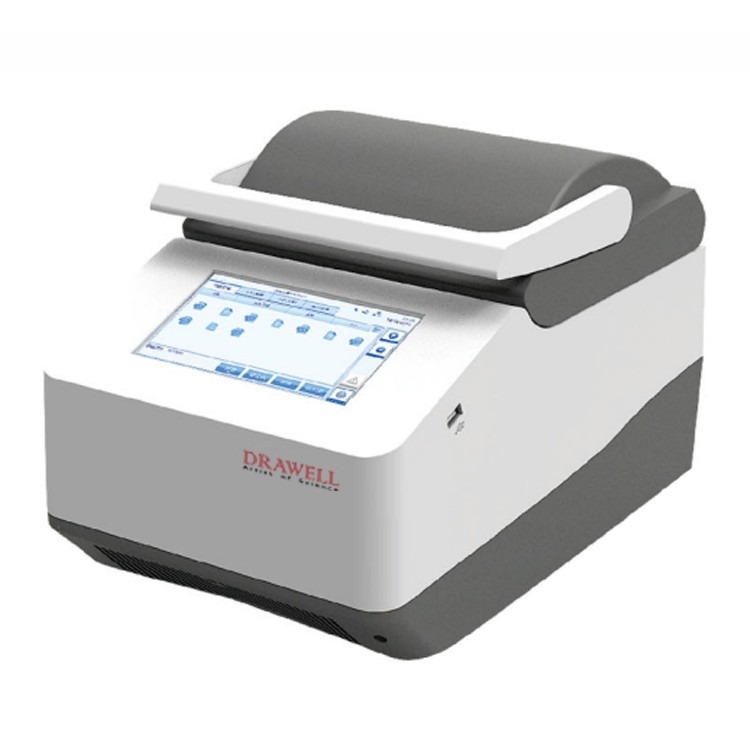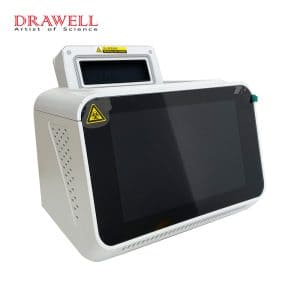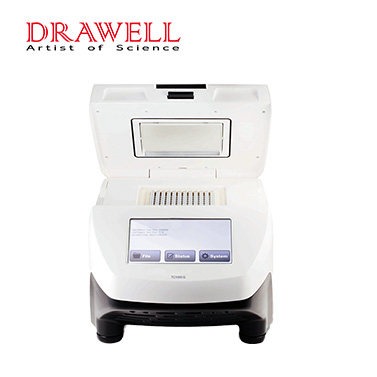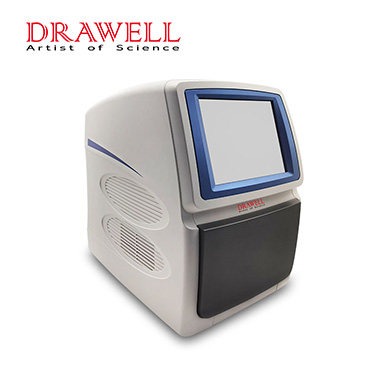Both PCR and qPCR are polymerase chain reaction techniques used to amplify specific sections of DNA. The difference between the two is that qPCR is a method of real-time detection, while PCR is not.
This means that with qPCR, you can monitor the amplification of your target DNA in real time as it is happening. This guide will introduce you to what is PCR and qPCR, and what is the difference between them.
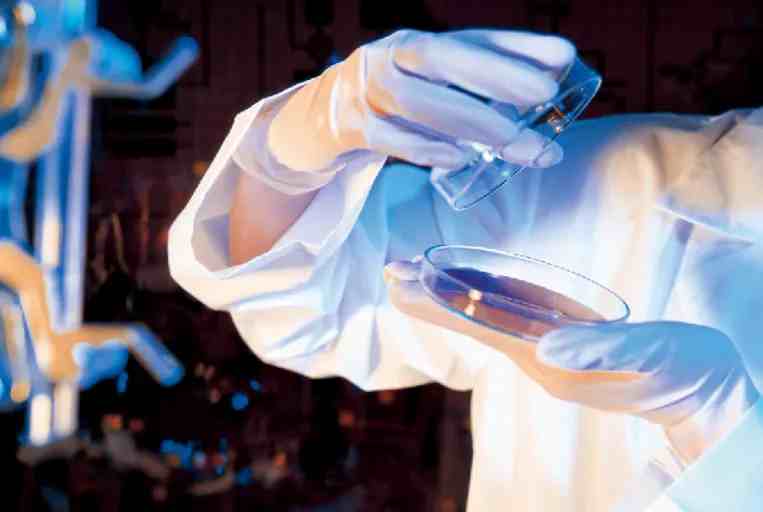
What Does the Polymerase Chain Reaction (PCR) Do?
PCR (polymerase chain reaction) is a laboratory technique developed by Kary Mullis in the 1980s and is used today to generate large amounts of DNA from small amounts.
PCR is often a step used in other processes, such as DNA sequencing, pathogen detection, and gel electrophoresis. PCR is an important diagnostic technique, often used in virology, microbiology, parasitology, occult, and other fields. and dents
Polymerase chain reaction (PCR) is a method used to make multiple copies of a specific segment of DNA. The process starts with a small amount of template DNA, which is then copied by an enzyme called a polymerase. The amount of replication can be increased by repeated cycles of heating and cooling, which separate the DNA strands so they can replicate again.
The end product of PCR is a large number of identical copies of the target DNA sequence. The product can then be used for further analysis and assays, such as sequencing or Southern blotting. PCR can also be used to prepare cDNA from mRNA template molecules.
What Is the Function of Reverse Transcription PCR?
Reverse transcription PCR (RT-PCR) is a PCR assay used to prepare cDNA from mRNA template molecules. RT-PCR is commonly used to detect and quantify RNA viruses such as HIV and hepatitis C virus.
If you are performing RT-PCR, you first need to reverse transcribe the mRNA template into cDNA using reverse transcriptase. You can then use PCR to amplify your target cDNA sequence. RT-PCR analysis is a very sensitive virus detection method that can detect very low levels of RNA viruses in a sample.
qPCR comes into its own with the ability to measure gene expression. In gene expression, mRNA is synthesized when a section of DNA is read, the mRNA is then used to produce proteins.
In the process of reverse transcription, reverse transcriptase can be used to create complementary DNA (cDNA) which will be copies of the RNA being studied. qPCR is then carried out on the cDNA to give accurate measurements of the amount produced.
RNA can be detected by PCR and qPCR, and if RNA is used for PCR, it is called RT-PCR, and if RNA is used for qPCR detection, it is called qRT-PCR.
What Is a qPCR Analyzer (real-time PCR)?
Quantitative polymerase chain reaction (qPCR) is very similar to PCR, but it also allows you to quantify the amount of target DNA present in a sample. qPCR involves the addition of fluorescent dyes or probes that bind to target DNA during amplification. These probes emit light at different wavelengths when excited by a laser.
By measuring the light emitted at each wavelength, you can determine how much target DNA is present in the sample before amplification begins. qPCR also enables real-time monitoring of amplification progress by measuring changes in fluorescence over time.
Difference Between PCR and qPCR
The main difference between PCR and qPCR is that qPCR is a real-time method whereas PCR is not. This means that you can monitor the amplification of target DNA in real time if you use qPCR.
Another difference between the two methods is that qPCR requires the use of fluorescent dyes or probes, whereas PCR does not. These probes allow you to quantify the amount of target DNA present in a sample.
PCR is commonly used to amplify DNA for sequencing or other downstream applications.
qPCR is commonly used to detect and quantify RNA viruses.
RT-PCR is a type of PCR used to prepare cDNA from an mRNA template molecule.

Applications and uses of PCR and qPCR
polymerase chain reaction
PCR is a relatively simple process that detects the presence or absence of DNA. Since its creation, PCR has been used in many different fields, including forensics, medicine, and biotechnology. It is frequently used to amplify small fragments of DNA for sequencing or other downstream applications.
PCR can also be used to prepare cDNA from mRNA template molecules.
Quantitative PCR
qPCR provides real-time data measuring the rate of the reaction, providing information about the amount of DNA present in a sample at any given time, essentially, it measures the rate of gene expression.
In molecular biology, this helps to understand protein synthesis and biological pathways in health and disease. Real-time or qPCR can be used to detect gene expression, presence and quantity of pathogens and RNA, as well as for validation of DNA microarray results and environmental applications.
qPCR has the advantage of high throughput and wider dynamic range because it can detect a wide range of expression levels within the same well. Due to its multiplexing capabilities, multiple targets can be amplified in the same experiment, high throughput, and fast results, it can be run more economically.
RT-PCR
RT-PCR is a type of PCR used to prepare cDNA from an mRNA template molecule. RT-PCR is commonly used to detect and quantify RNA viruses such as HIV and hepatitis C viruses.
Both PCR and qPCR are fundamental methods with many different applications.
Summary
In summary, both PCR and qPCR are methods used to amplify specific DNA fragments.
However, qPCR is a real-time method that allows you to monitor the amplification of target DNA in real-time, whereas PCR does not. Ultimately, both methods can be used to generate multiple copies of a target DNA sequence for further analysis.
qPCR is the best choice for nucleic acid amplification, characterization, quantification, and analysis. Works with fluorescent dyes and is ideal for use with optical techniques, so good quality, clear microplates, and membranes are a must.
PCR is also used to amplify and detect short DNA sequences for subsequent analysis such as gel electrophoresis. Microplates and films need not be transparent since PCR is not used for optical applications. Check out our PCR product range.
However, it is recommended to select high-quality microplates for long-term reliability and durability.
For further advice and support, the Drawell team is at your disposal, please contact us for information.

